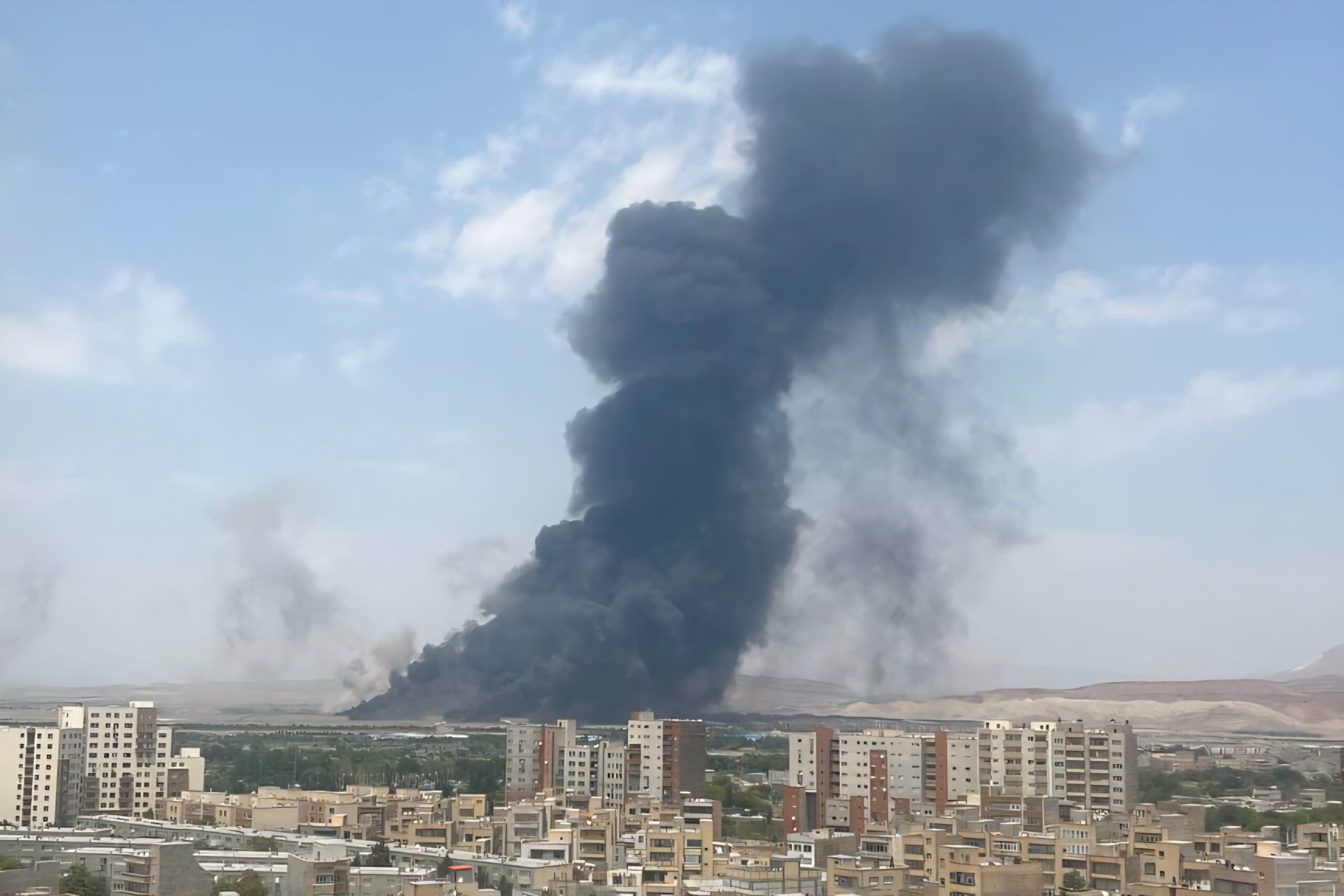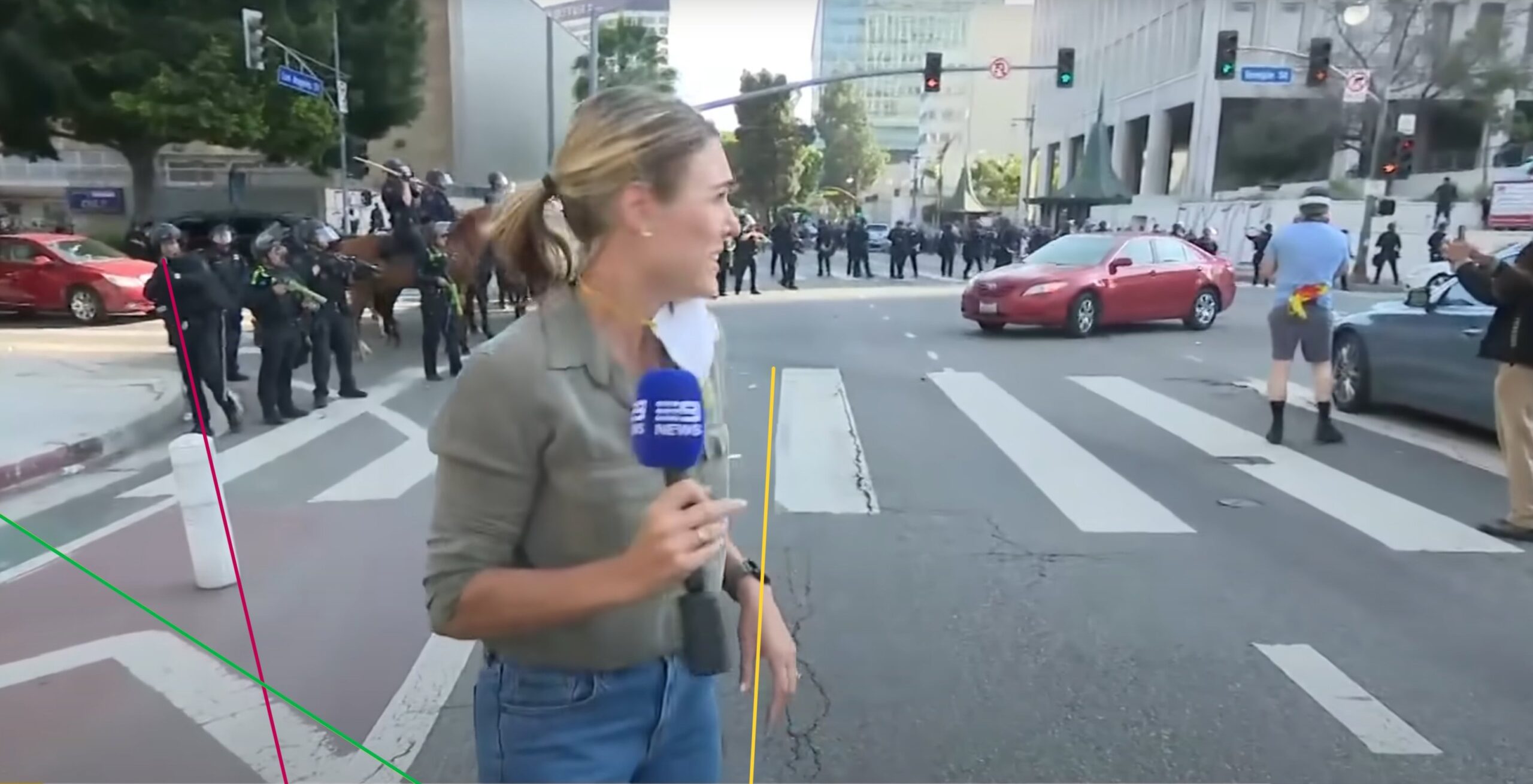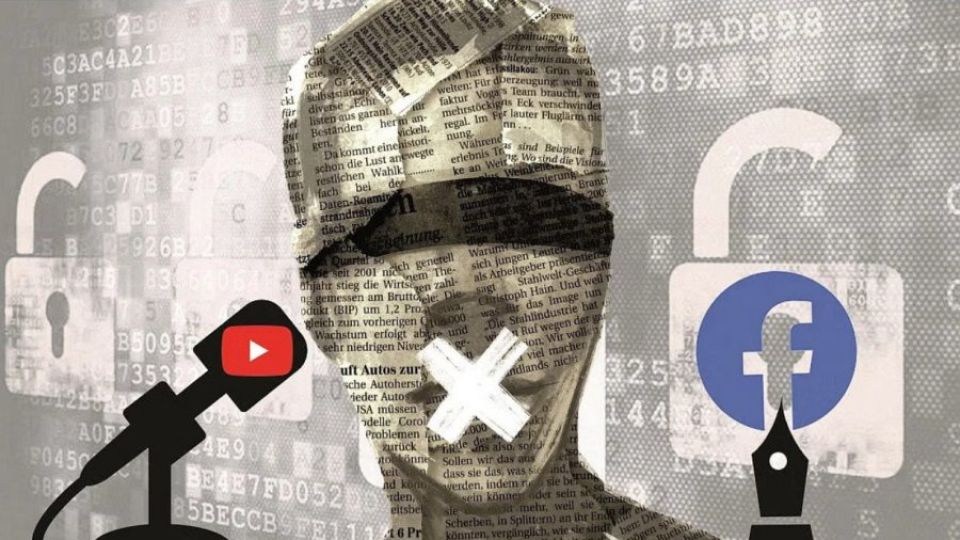Chittagong, Bangladesh – A localized incident in the Hazari Goli area of Chittagong, Bangladesh, has spiraled into a social media-fueled narrative of communal violence, mischaracterizing a minor dispute as evidence of systemic persecution against Hindus. While the verified facts of the incident focus on a confrontation triggered by a Facebook post, misinformation spread across social media platforms and through certain Indian media outlets, especially Republic Bangla, distorted the situation, leading to heightened communal tensions both in Bangladesh and India.
This case reveals how social media and news media, particularly in neighboring India, played a significant role in transforming a local altercation into a purportedly religiously motivated attack. Analyzing this incident involves a detailed review of the roles of social media data, cross-border misinformation, and mainstream media’s impact on shaping public perception.
Incident Summary and Verified Facts
The incident began with a Facebook post by Md. Osman, a shopkeeper in Chittagong, mentioning ISKCON, a Hindu religious organization. This post angered some members of the local Hindu community, leading to protests outside Osman’s shop. As tensions escalated, a joint law enforcement team arrived to control the crowd, eventually facing hostility as stones and even acid were thrown by some protesters, injuring seven police officers. Authorities fired blank shots to disperse the crowd and took Osman into custody for his protection, emphasizing that their actions were aimed solely at maintaining order, not targeting any specific group.
Bangladeshi mainstream media outlets, such as Prothom Alo and The Daily Star, reported that the incident was a localized disturbance, unrelated to communal tensions or government actions against any religious community. Official statements from local law enforcement, including Chittagong’s Additional Deputy Commissioner Kazi Tarek Aziz, confirmed that the police acted to protect the peace and ensure public safety, refuting claims of targeted religious persecution.
Social Media Amplification and Misrepresentation
Following the incident, misleading information began circulating on social media, where certain accounts framed it as a violent act by Bangladeshi security forces against Hindus. Among the most influential posts were those by accounts like Voice of Bangladeshi Hindu and Sanatan Prabhat, which quickly framed the incident as an attack on the Hindu community. The posts included inflammatory language and unverified claims that Bangladeshi authorities had deliberately targeted Hindus, sparking concern and anger within Hindu communities, particularly in India.
Analyzing these posts reveals several techniques commonly used to manipulate narratives on social media:
- Selective Framing and Out-of-Context Imagery: Many posts on platforms such as X (past Twitter) and Facebook used selective language, suggesting that the incident reflected a broader persecution of Hindus in Bangladesh. While the event was isolated, the posts often included older images of unrelated violence, portraying them as part of this incident to create a sense of urgency and outrage.
- Viral Amplification: Hashtags related to anti-Hindu violence trended on social media in both India and Bangladesh, with numerous influencers and pages sharing the misinformation, contributing to a snowball effect. In many cases, posts from these accounts gained thousands of shares within hours, spreading the narrative widely before fact-checking organizations or mainstream media could counter it with accurate information.

Photo: Misleading information spread by prominent social media figure of India
Republic Bangla’s Coverage: Distortion of Facts for Sensationalism
The Indian news channel Republic Bangla, which has a considerable audience reach in West Bengal and among Indian diaspora communities, also reported on the incident, amplifying social media’s religious framing and adding unverified claims of a land dispute as the root cause. Republic Bangla’s coverage suggested that Bangladeshi authorities had engaged in a crackdown on Hindus over this alleged land dispute, which added another layer of misinformation that mainstream Bangladeshi media had not substantiated. This coverage ignored the verified sequence of events and the lack of evidence for any land-related conflict in the case.

Photo: Conflict sparked by a social media post about ISKCON, but Indian news outlet Republic Bangla has portrayed it as a dispute over shop ownership
Republic Bangla’s angle on the story highlights the impact that sensationalist media coverage can have on shaping public perception. By presenting the story in a way that mirrored viral social media posts, the channel created a self-reinforcing cycle, where online misinformation was mirrored in mainstream media, giving the false narrative further legitimacy.
Social Media Data Analysis: Patterns of Misinformation Spread
Analyzing the social media data associated with this incident reveals several patterns common to misinformation spread in religiously sensitive contexts:
- Engagement Spikes: Hashtags linking Bangladesh and anti-Hindu violence saw an unprecedented spike in engagement shortly after the incident was reported on social media. Analysis shows that much of this engagement originated from accounts associated with specific ideological leanings, suggesting coordinated efforts to amplify the narrative.
- High Influence Accounts and Bots: Many high-follower accounts, often with large audiences in India, shared the story. Some were found to have used automation tools, showing bot-like activity, which artificially inflated engagement and increased the visibility of the misinformation. This pattern is consistent with previously observed disinformation campaigns related to South Asia.
- Cross-Border Amplification: The story gained traction as Indian accounts began sharing the narrative, with prominent figures tweeting about religious persecution. Analysis suggests that these accounts played a significant role in driving impressions on platforms like Twitter and Facebook, helping the story gain an international audience.
Impact of Misinformation on Religious Tensions
The distorted narrative surrounding this incident has contributed to heightened religious tensions, with hate speech targeting both Hindus and Muslims spreading rapidly across social media:
- Anti-Muslim Sentiment in India: Many Indian social media users, reacting to the misinformation, shared anti-Muslim rhetoric, accusing Bangladesh’s Muslim-majority population and government of systematic persecution of Hindus. This rhetoric, based on a misrepresentation of events, fueled anger and distrust, further polarizing communities on social media.
- Anti-Hindu Responses in Bangladesh: In response to the initial social media narrative, some extremists within Bangladesh posted inflammatory comments targeting Hindus, using derogatory language and blaming the community for instigating unrest. This reaction, though less widespread, highlights the cycle of reciprocal hatred that misinformation can trigger in sensitive situations.
Fact-Checking and Response from Bangladeshi Media
Mainstream Bangladeshi media, including Prothom Alo and The Daily Star, as well as officials from Chattogram’s police department, have consistently clarified that the incident was a localized disturbance with no religious targeting involved. These outlets fact-checked and debunked the unsubstantiated claims, reporting the verified sequence of events: the Facebook post, the local protest, and the subsequent police response aimed at maintaining public order. Despite these efforts, the initial wave of misinformation spread faster than the fact-checking response, underscoring the challenge of countering viral misinformation in real time.
This case illustrates the power of social media and certain media outlets in framing narratives that can quickly spiral into misinformation-fueled tensions. The distortion of facts by social media accounts and Republic Bangla’s sensationalist coverage demonstrates how isolated incidents can be misrepresented to fuel broader religious and political tensions.
To mitigate the impact of similar incidents in the future, media outlets and social media platforms should take the following steps:
- Real-Time Fact-Checking and Verification: Coordinated fact-checking efforts by media and social platforms can help contain misinformation before it escalates. Verified accounts, such as official news outlets, can act as early responders, issuing real-time updates to prevent misinformation from gaining traction.
- Cross-Border Fact-Checking Partnerships: Given the cross-border nature of many South Asian issues, establishing fact-checking collaborations between media in India and Bangladesh could help dispel rumors and ensure the accuracy of sensitive news reports.
- Algorithmic Adjustments by Social Media Platforms: Platforms should consider prioritizing verified sources during sensitive incidents, temporarily slowing the spread of unverified content in the early hours of a story’s development.
This incident highlights the critical role of responsible reporting and the dangers of sensationalism in media, particularly on topics involving inter-community relations.







Leave a Reply